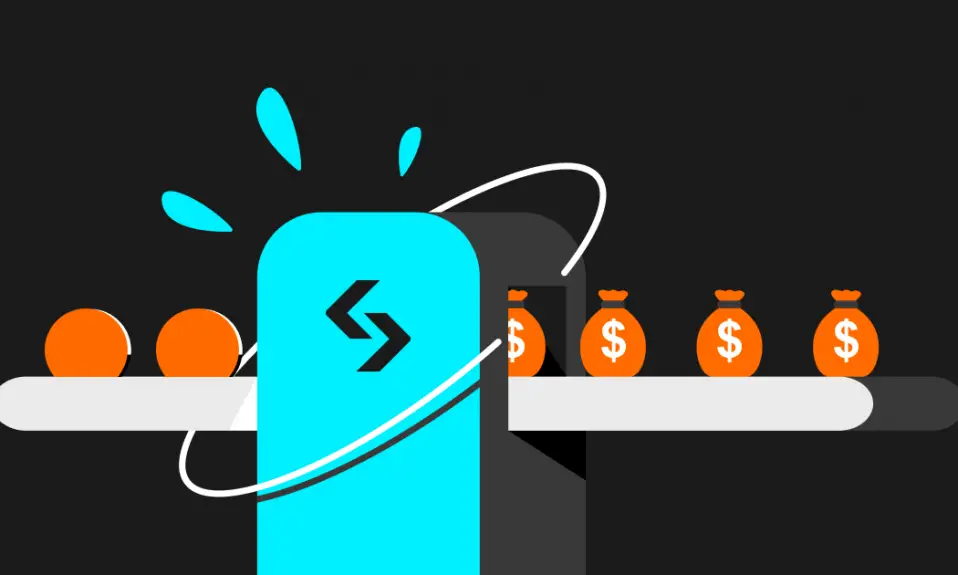Bitcoin has been roaring like never before. Even though the original cryptocurrency fell slightly over the weekend, it came within a few hundred dollars of $100,000 on Friday, achieving another all-time high—one that would have been unimaginable a decade ago or even in early 2023 when Bitcoin was trading closer to $20,000.

Bulls expect the momentum to continue with many predicting Bitcoin will cross the six figure mark before the end of the year.
When Bitcoin was created, there was only one way to get it: mine it yourself. Today, there are many ways to buy it, letting investors choose exactly how much control they wish to have over their investments.
If you’re looking to get in on the hype but don’t know how, here is a guide to the three most practical ways to buy Bitcoin.
Crypto Exchanges
One of the easiest ways to purchase Bitcoin is through an exchange, the biggest and best of which feel a lot like using a typical online bank or brokerage.
Exchanges make money through transaction fees which vary across platforms. Users can buy Bitcoin with fiat-currencies or other digital assets, and the exchange will take a percentage of each transfer as commission, and store your crypto securely.
It is important to note that not all crypto exchanges are trustworthy. Some exchanges have collapsed due to shady business dealings and mismanagement of funds, like the infamous FTX.
Popular crypto exchanges in the world include Binance, Bitget and Bybit. Customers can download the app on their phone, make an account, and start trading — after meeting know-your-customer requirements like providing a valid ID.
Exchange-traded funds
Another way to invest in Bitcoin is through an exchange-traded fund. ETFs are a financial instrument that allow investors to gain exposure to an underlying asset without actually holding that asset. Popular brokerages like Schwab and Fidelity are among those that let customers buy shares in various Bitcoin ETFs.
Spot Bitcoin ETFs were approved by the Securities and Exchange Commission in January, allowing traditional finance institutions to offer Bitcoin investing for the first time. These firms hold a store of Bitcoin and offer shares of it to investors, closely tracking the price of it as it fluctuates.
These funds are useful for investors who don’t want to deal with the complexities of owning Bitcoin directly. If you already have an investment portfolio, an ETF offers an easy way to gain exposure to the asset. The biggest Bitcoin ETFs include BlackRock’s IBIT, Fidelity’s FBTC and Ark Invest’s ARKB.
Self-Custody Wallets
If you want total control over your digital assets, a self-custody wallet may be the way to go. These wallets create and store your private and public keys, interact with the blockchain, and allow you to monitor your balance and transfer your assets freely.
The downside to a self-custody wallet is that you are responsible for storing your sensitive information. Your private key is like a password, allowing anyone with it access the funds in your wallet. However, unlike a password, if you lose your private key there is no way to recover it and your digital assets are likely lost forever, so it is important to find a safe place to store it.
Most self-custody wallets can be downloaded onto your phone. Popular ones include Coinbase Wallet, Metamask and Crypto.com’s DeFi wallet.




